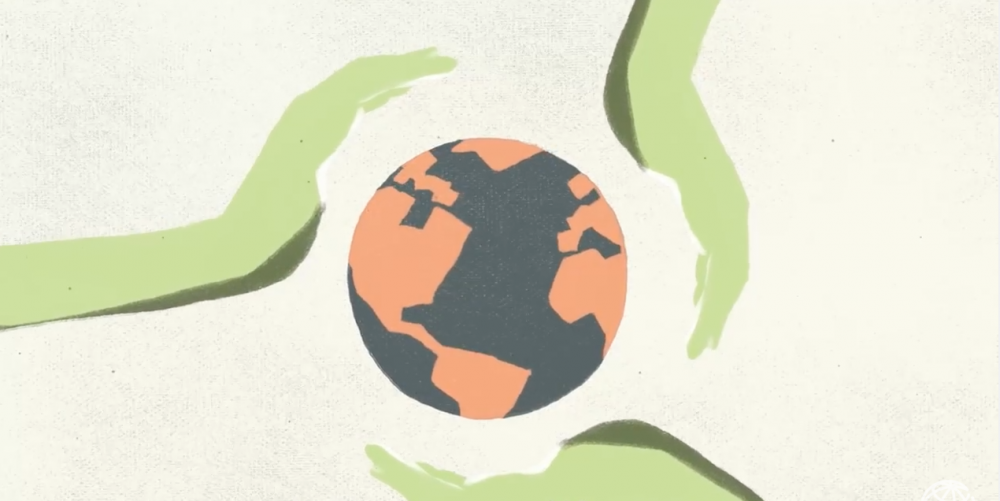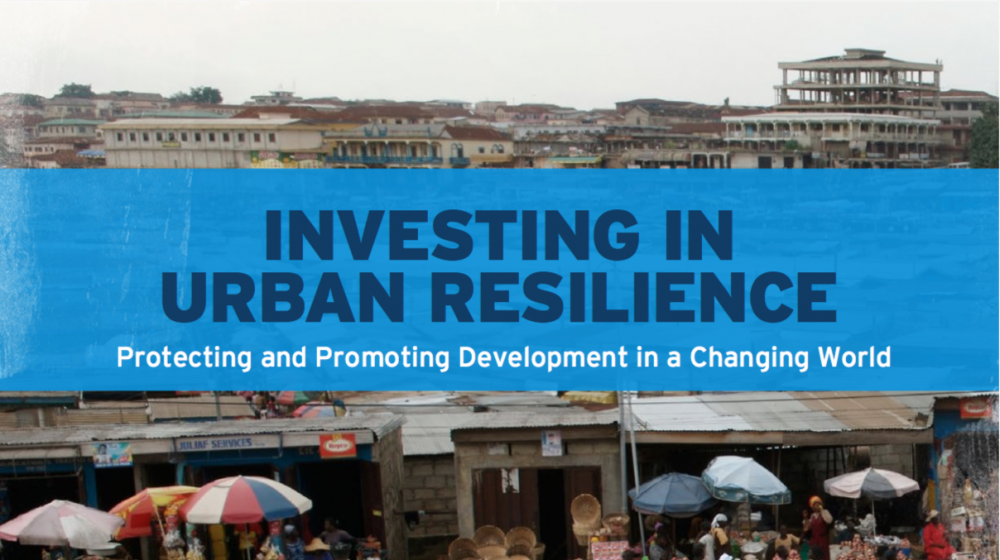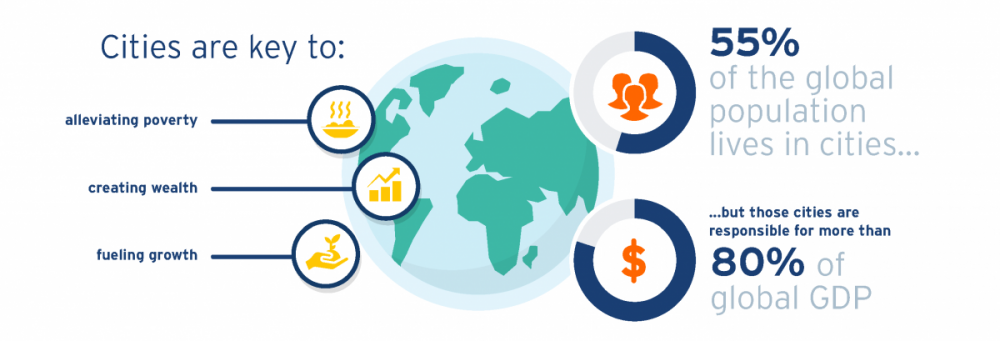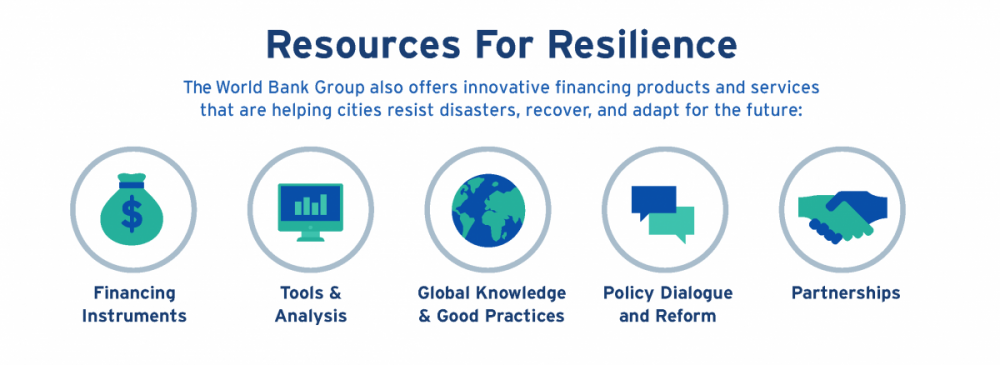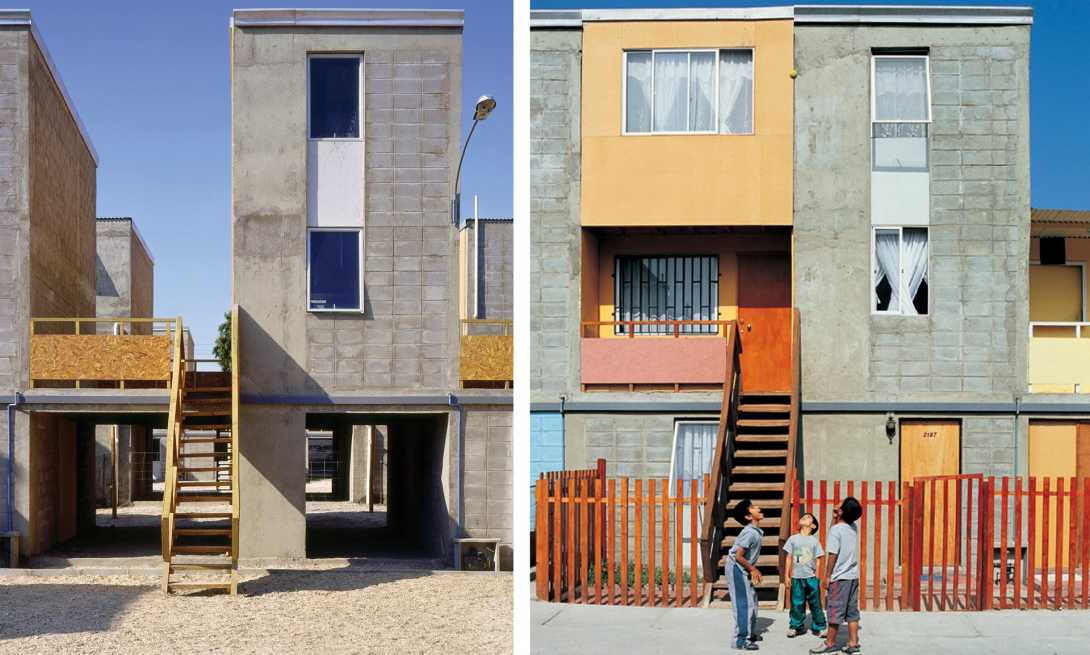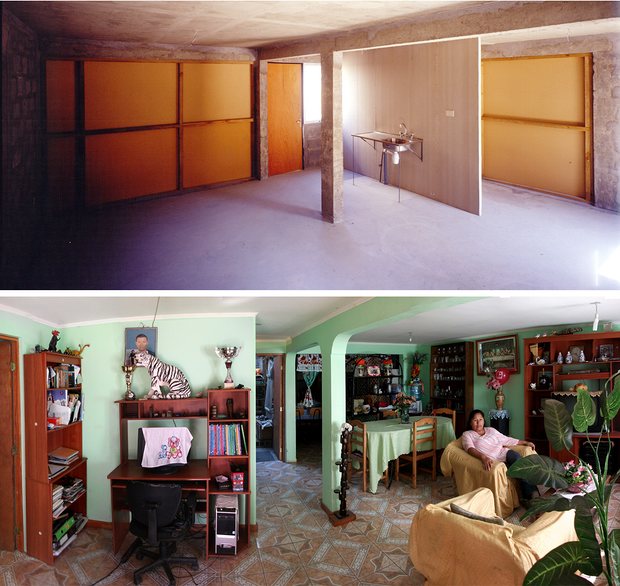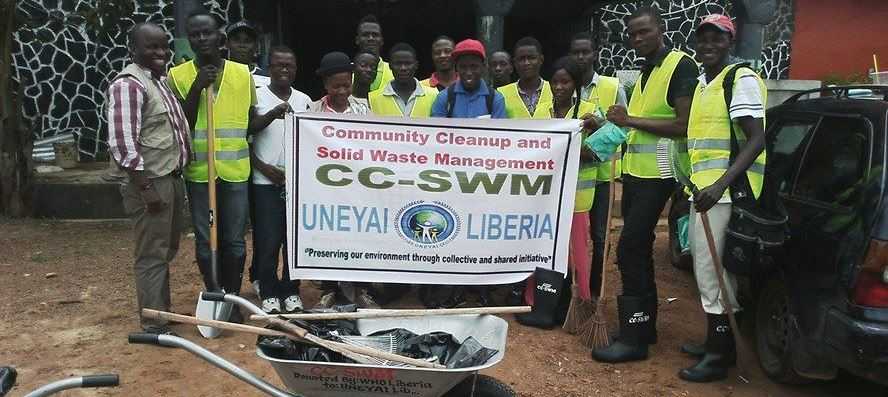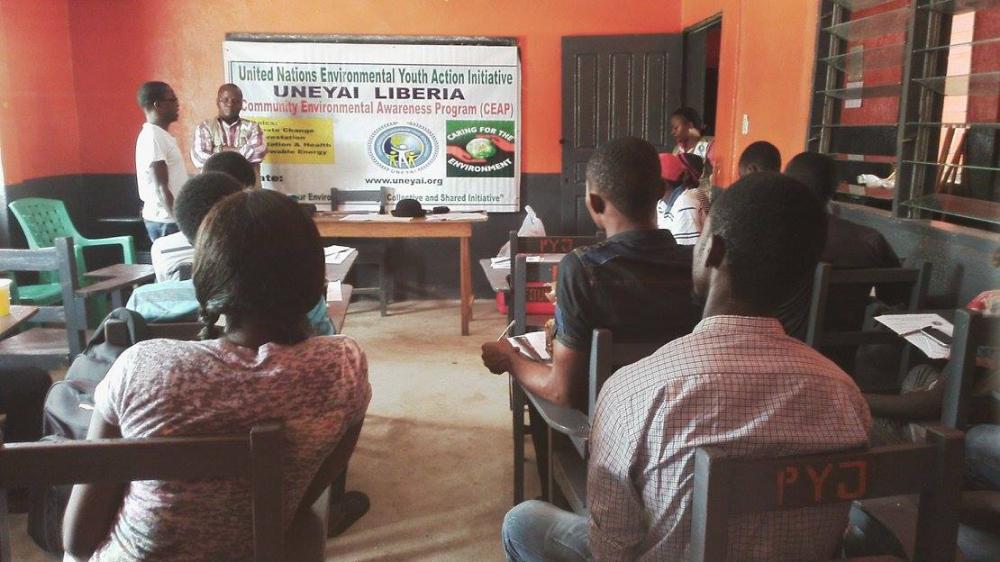
New York City – From now to January 30th, NYPH is accepting applications for the annual New York Passive House Conference & Expo, NYPH17. With three million square feet (and growing!) of Passive House projects in the pipeline, New York State is experiencing fast growth. This conference will showcase the very best and latest in passive house technology, construction and design – bringing you case studies, information sessions, components spotlights, networking opportunities, and much more.
One of the unique trademarks of the Annual New York Passive House Conference & Expo is its wide range of subject matter discussed, featuring experts and professionals in the field of policy, real estate, construction, architecture & design. The conference sessions will feature the latest Passive House developments, including:
• Urban, high density and high-rise buildings
• Low rise and rural approaches
• Multifamily housing
• Policymakers with expertise in implementing Passive House programs
• Integration of renewable energy
• Steel and concrete construction, wood frame construction and cross-laminated timber (CLT) construction
• The processes, details and results of passive house projects
Submit your abstract today by completing this form – Presentation Submission.
The deadline for submission of abstracts is January 30th, 2017.

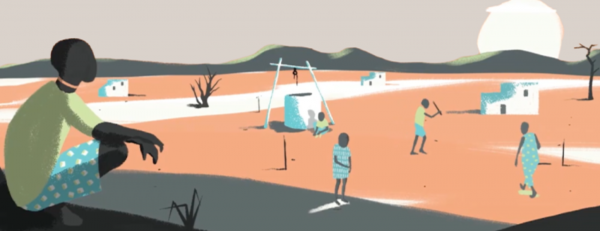
 Jim Yong Kim, World Bank Group President
Jim Yong Kim, World Bank Group President
